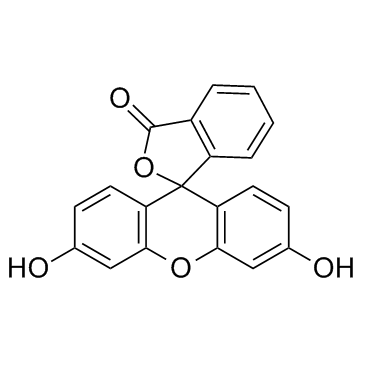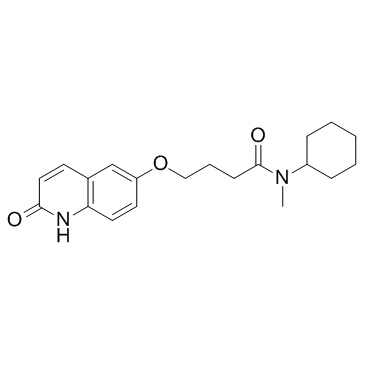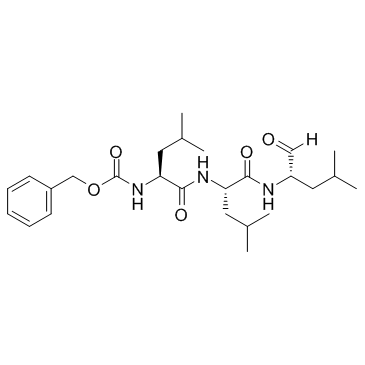| Structure | Name/CAS No. | Articles |
|---|---|---|
 |
Hydrochloric acid
CAS:7647-01-0 |
|
 |
Fluorescein
CAS:2321-07-5 |
|
 |
Cilostamide
CAS:68550-75-4 |
|
 |
MG-132
CAS:133407-82-6 |